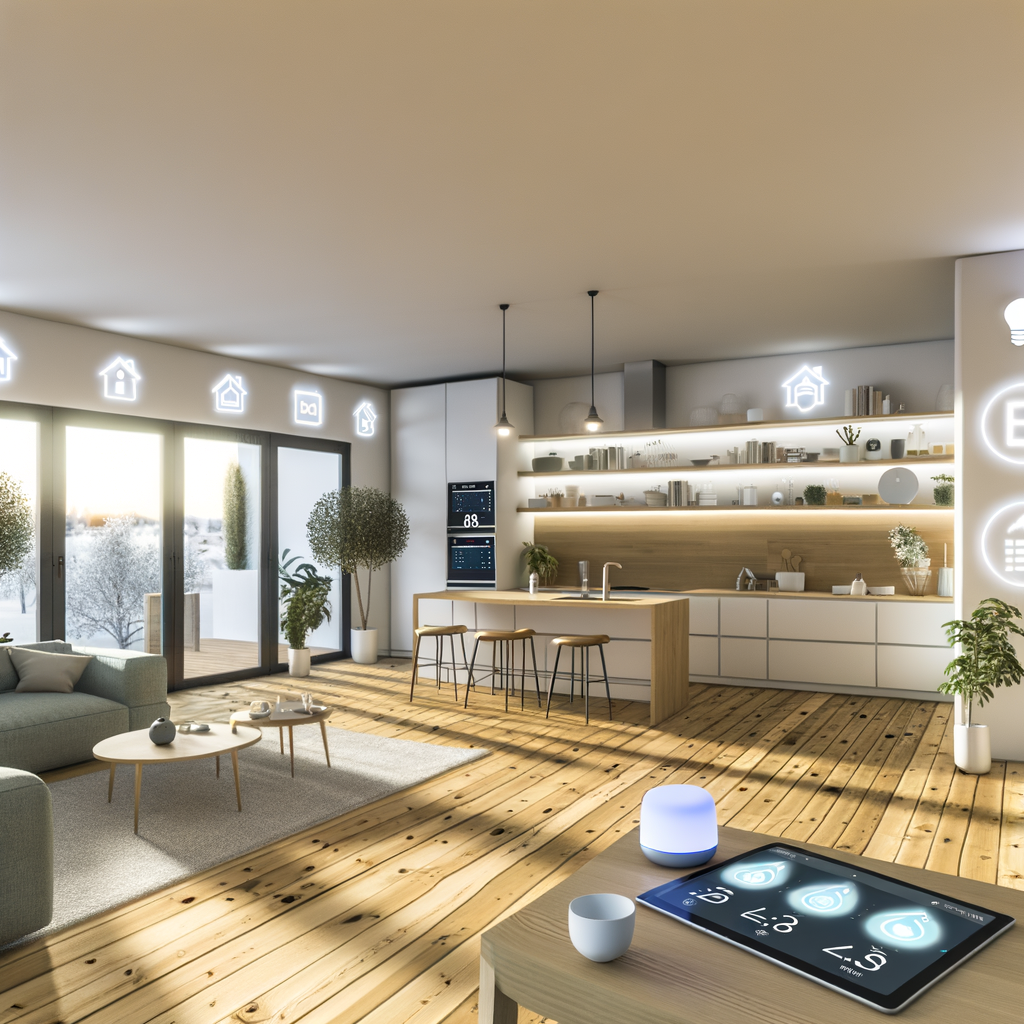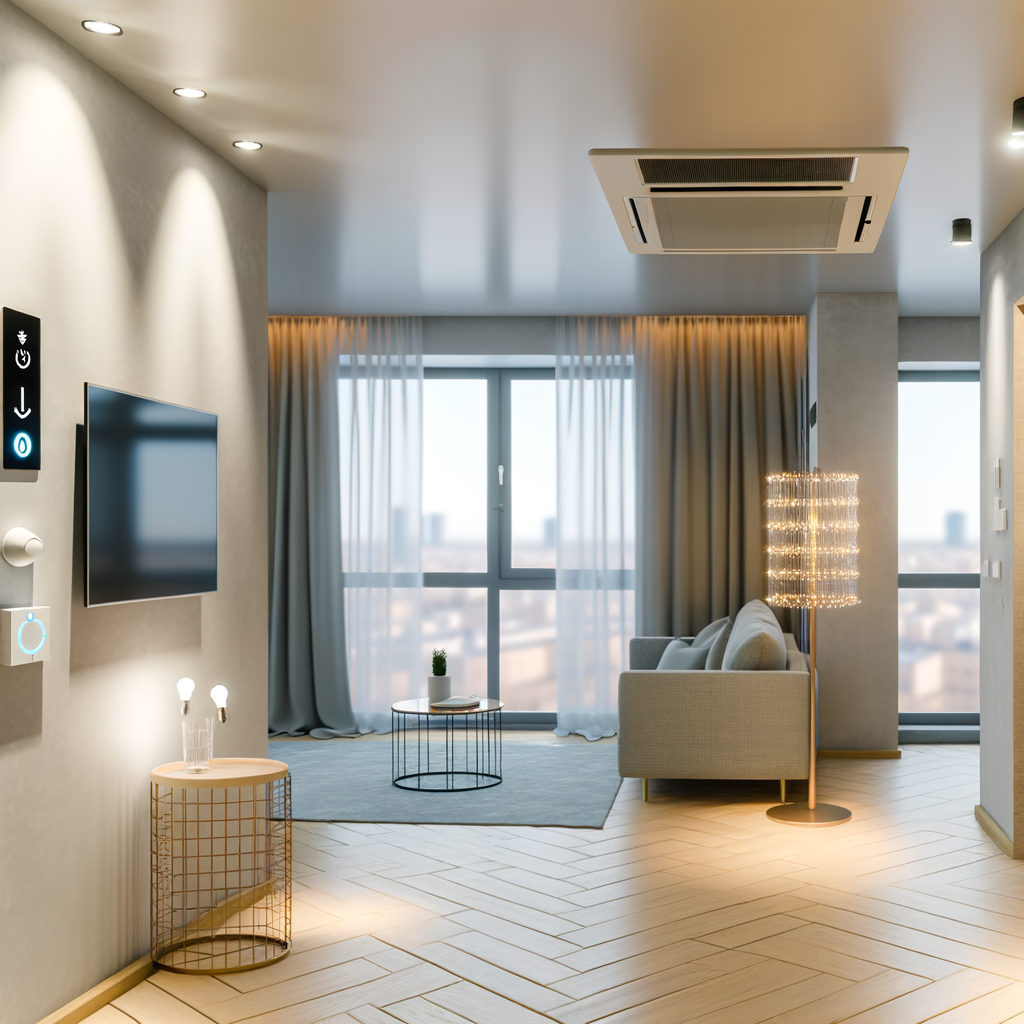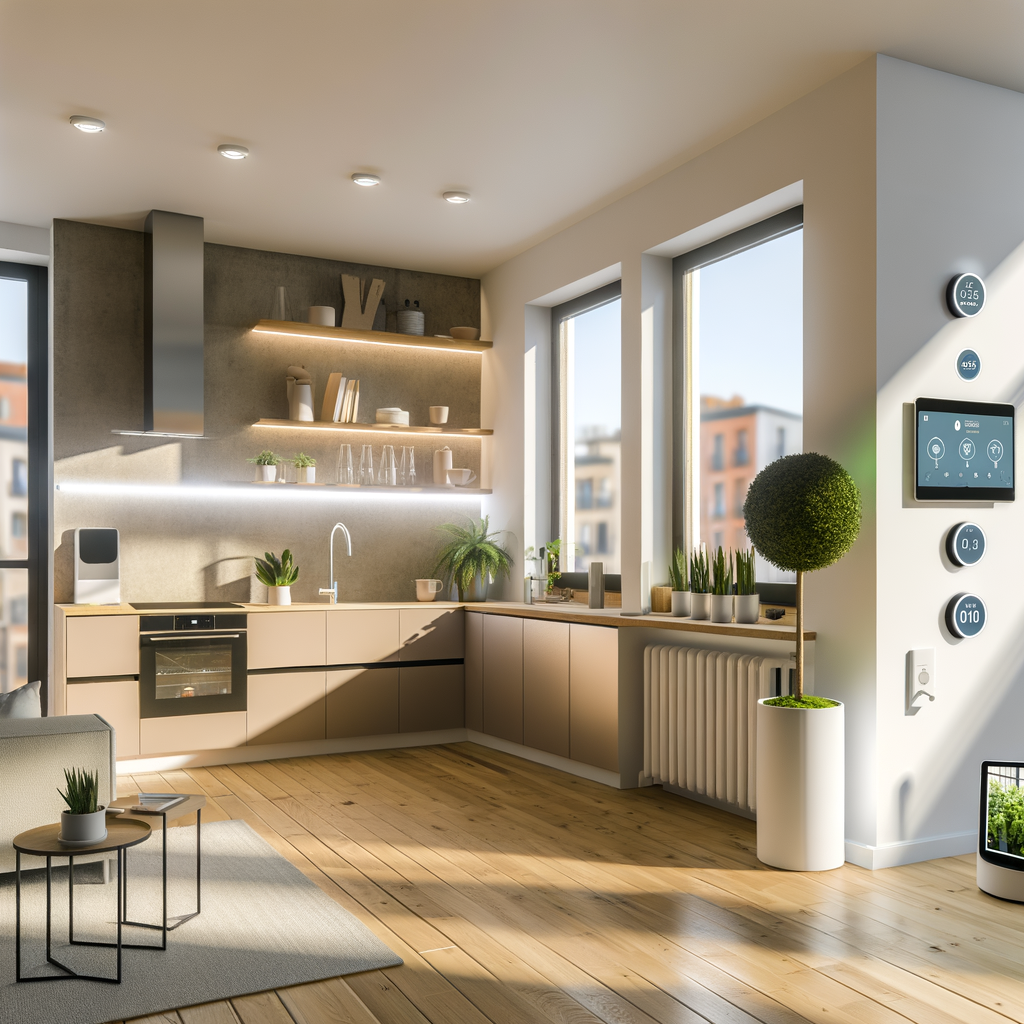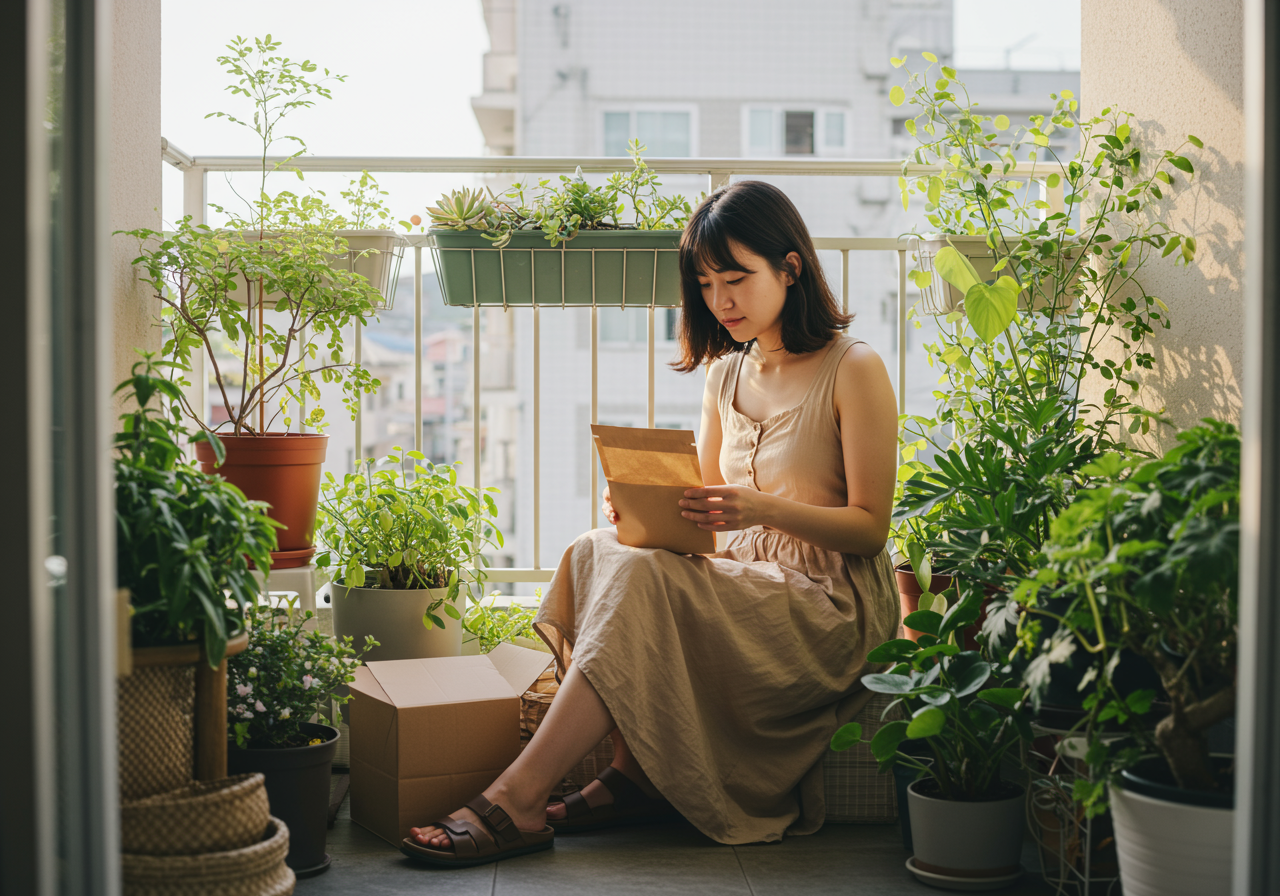Smart Apartment, Green Living: How to Build an Energy-Efficient Rental with Plug-and-Play Tech
City living and sustainability can go hand-in-hand, especially for renters who want their spaces to be efficient without making permanent changes. Thanks to plug-and-play smart technology, it’s easier than ever to build an energy-efficient rental apartment. Whether you’re in a tiny studio or a spacious loft, this guide will walk you through practical steps, the best tech, and actionable strategies to slash your utility bills and reduce your carbon footprint—all without violating your lease.
Why Energy Efficiency Matters for Renters
Rising energy prices, urban heatwaves, and climate change make energy efficiency a necessity. But you don’t have to own a home to make a difference. Small upgrades in apartments can:
- Cut monthly expenses without major renovations
- Increase indoor comfort by controlling temperatures, lighting, and air flow
- Lower your carbon footprint with less waste and cleaner energy usage
- Bolster property value (and your appeal as a tenant) with modern, smart installations
With today’s smart home devices, energy efficiency becomes plug-and-play—literally. No electricians, no landlord headaches, just easy solutions you can take with you to your next place.
Plug-and-Play: The Smart Renter’s Secret Weapon
Plug-and-play tech refers to devices that work out of the box, with minimal setup and zero permanent installation. For renters, this means:
- No drilling or wiring into walls
- Easy setup—often with smartphone apps
- Portability—take them when you move
- Minimal maintenance and hassle-free troubleshooting
Let’s explore how you can use these technologies to decrease your energy footprint—room by room.
1. Smart Plugs: Control and Cut Phantom Loads
Why It Matters
Your electronics—TVs, chargers, coffee makers—draw power even when off. These “phantom loads” can account for up to 10% of a household’s energy use.
How Smart Plugs Help
- Remote Control: Turn lamps, fans, and electronics off—wherever you are—via smartphone
- Scheduling: Automate devices to power down when you’re away or asleep
- Energy Monitoring: Some plugs track real-time consumption per device
Practical Steps
- Plug major electronics and small appliances into smart plugs
- Create schedules for high-energy devices (e.g. TV off at midnight, coffee maker on at 7am)
- Use energy monitoring features to spot and replace wasteful gadgets
2. Smart Thermostats & AC Controllers
Why It Matters
Heating and cooling can gobble up to 50% of home energy use. In rentals with window units or portable heaters, managing temperatures is key to savings.
Plug-and-Play Solutions
- Smart Thermostats (if you have control): Models like Google Nest or ecobee work with many apartments’ existing systems—just swap out and save the old unit for move-out.
- Smart WiFi AC Controllers: For window or portable ACs, external controllers (like Sensibo or Cielo) let you automate, schedule, and remotely adjust any IR-controlled unit without rewiring.
Practical Steps
- Get landlord approval for a thermostat swap (always revert to the original when you leave)
- Alternatively, set up a smart AC controller for window units—no tools required
- Program schedules based on occupancy and weather; use geofencing to power down when you’re away
3. Smart Lighting: Bright Ideas for Every Room
The Problem
Old incandescent bulbs waste energy and raise temps. Forgetting lights on all day means higher bills.
Quick Upgrade Options
- LED Smart Bulbs: Replace E26/E27 screw-in bulbs in lamps and ceiling fixtures
- Smart Light Switches and Dimmer Plugs: For lamps and extension cords—no wiring necessary
Smart Functionality
- Control lights remotely or with voice (Alexa, Google Assistant, Siri)
- Set lighting schedules and routines for sleep, work, or relaxation
- Create scenes—dim for movie night, brighten for morning energy
Actionable Tips
- Swap out bulbs in all accessible fixtures—LEDs use up to 80% less energy
- Use motion sensors or automation in hallways, baths, and closets
4. Smart Window Shades, Curtains, and Weatherization
The Problem
Drafty rental windows can let expensive heating or AC escape. Plus, too much sun in summer means soaring cooling bills.
Plug-and-Play Fixes
- Smart Curtains/Shade Controllers: Motorized add-ons can draw your existing curtains at set times or via app/voice (no drilling)
- Weatherstripping Kits: Seal leaks around old windows with removable tape or foam (safe for renters)
- Insulating Film: Adds an extra layer to single-pane windows in winter—removes without residue
Action Steps
- Set up smart curtain motors to automate shading based on time of day or temperature
- Apply weatherstripping to window frames each winter/fall—peel away in spring without damage
- Use reflective window film in summer to reduce AC load and glare
5. Smart Appliances and Power Strips
Why It Matters
Your fridge, microwave, or washer may be decades old—and energy hogs. But not all renters can upgrade full appliances.
Plug-and-Play Enhancements
- Smart Power Strips: Cut power completely to multiple devices with a single command, eliminating standby waste
- Water-Saving Aerators: Easily attach to most faucets for instant lower water use (great for rental kitchens and baths)
- Portable Induction Cooktops: Use less energy—and stay cooler—than gas or standard electric stoves; just plug in
Actionable Steps
- Replace old surge protectors with smart strips for your entertainment center, desk, or appliance cluster
- If permitted, add water-saving fixtures (usually easy to unscrew)
- Try a portable induction plate for meals—it boils water fast and is more efficient than typical rental stoves
6. Smart Sensors: Go Beyond Convenience
Why It Matters
Smart sensors offer more than convenience—they spot expensive leaks and runaway humidity before you get hit with a big bill or mold.
Plug-and-Play Sensors to Consider
- Leak Detectors: Warn you (and your landlord) about plumbing leaks before rents or property are damaged
- Humidity & Air Quality Sensors: Prevent mold and excess AC use; connect exhaust fans or send alerts
- Motion/Presence Sensors: Automate lights and AC in rarely used rooms—no more wasted energy
Steps for Renters
- Place leak sensors under sinks, behind the toilet, or near appliances
- Use air quality sensors to monitor CO2 and VOCs—improve health and optimize ventilation
- Set up occupancy sensors to turn off lights and AC when rooms are empty
7. Wi-Fi Hubs and Integration: Bringing It All Together
Modern Connectivity
Most smart home tech works independently, but for maximum efficiency (and fun), connect devices together for seamless automation.




